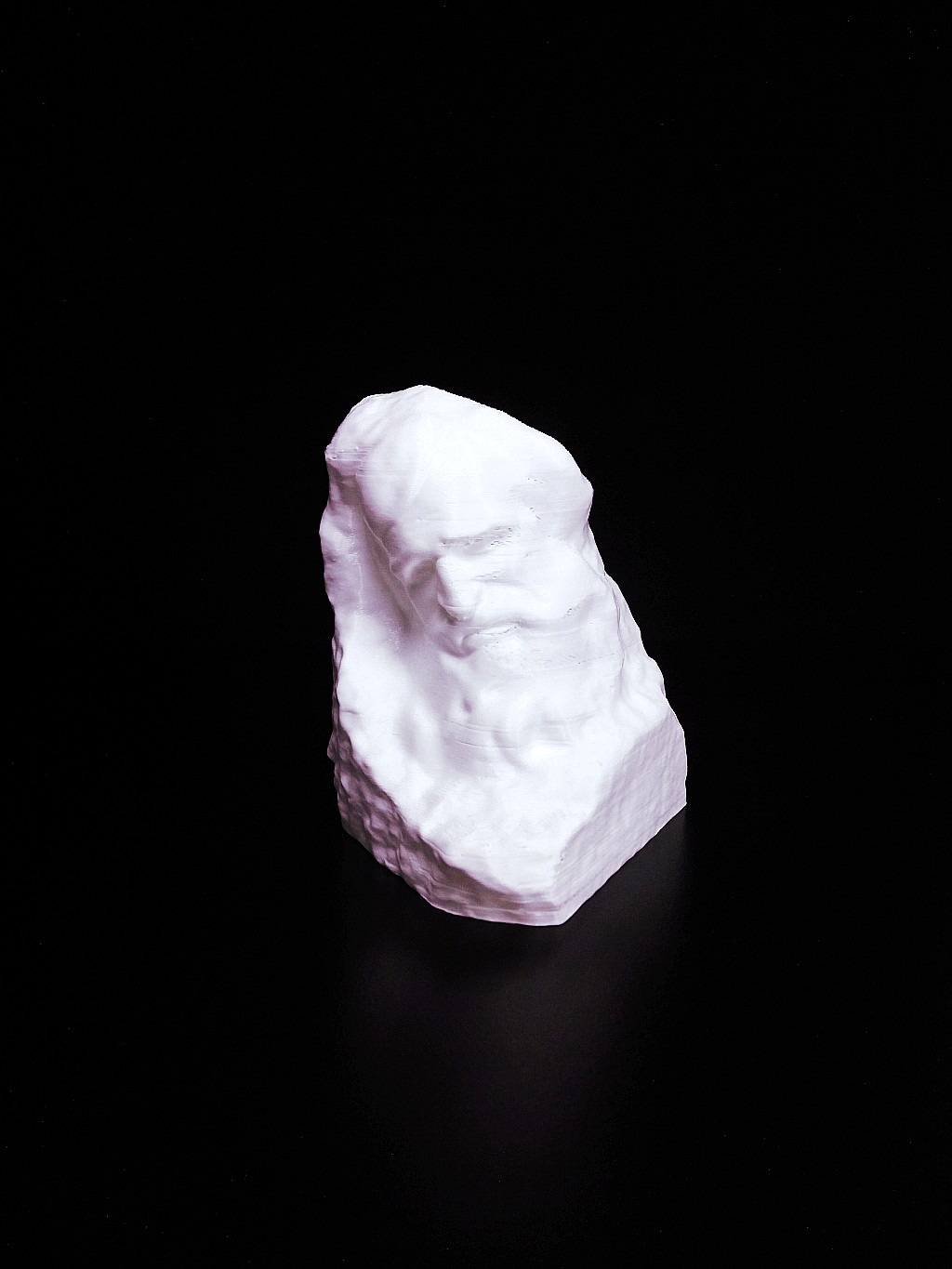
Thinker
myminifactory
Who is Depicted? We have no idea who this person could be. Technical/Specification about the Statue A bust is a sculpted representation of the upper part of the human figure, depicting a head and neck, and a variable portion of the chest and shoulders. The piece is normally supported by a plinth. These forms recreate the likeness of an individual. They may be made from any medium used for sculpture, such as marble, bronze, terracotta or wood. A parallel term, aust, is a representation of the upper part of an animal or mythical creature. Sculptural portrait heads from classical antiquity are sometimes displayed as busts. However, these are often fragments from full-body statues, or were created to be inserted into an existing body. More about the Artist Sculptor and master of monumental works, S.T.Konenkov was born into a peasant family. From 1892-1896, he studied at the MSPSA under S.I.Ivanov and S.M.Volnukhin. He graduated from the School as an unclassed artist. In 1897, he won the "S.M.Tretyakov award" and set off for Europe visiting Germany, France and Italy. In 1898, he returned to Russia and produced the statue "The Stone Breaker", for which he won a grand silver medal a year later. From 1899-1902, he studied at the Higher Art School in V.A. Beklemishev’s studio. As a result of a dispute with his teacher, he produced his graduation work independently, entitled "Samson Breaking His Ties". It infuriated the Academy's Council and was destroyed in 1905. However, he still received his art-sculptor degree. He worked and lived in Moscow from 1902-1923, taking part in the 1905 revolution leading a military unit. In 1908, he became a member of the New Society of Artists, in 1909 a member of the Union of Russian Artists, and in 1917 – a member of the World of Art group. From 1912-1913, he worked in Greece and Egypt. He taught at the All-Russia Art and Technology Workshops between 1918-1922. In 1923, he was part of an art exhibition that travelled to New York, but did not return to Russia. From 1924 until 1945, he worked and lived in the USA and Italy. In 1945, he returned to Moscow receiving a triumphant welcome. He wrote novels of his reminiscences entitled "My Age", "The Earth and the People", and "Floor to the Young". In 1954, he became a full member of the Academy of Arts of the USSR, in 1958 a People's Artist of the USSR, and in 1964 a Hero of Socialist Labour. S.T.Konenkov was inspired by Russian folklore and ancient mythology. His creative work appears to focus on the main trends in Russian plastic arts of the late 19th– early 20th centuries. Social problems are present in his work (The Stone Breaker, 1898) and elements from folklore and fairytales (The Slav, 1906). The work he produced was influenced by antique art combined with classical idealism of images and dramatism fundamental to the interpretation of mankind during the early 20th century (The Girl, 1914). His wood sculptures date back to the 1900’s, and were created in the spirit of primitive art, where the texture of the wood plays a remarkable role. The feeling for the material is one of the distinguishing features in Konenkov's art. He was able to relay the colour and rich variety of texture: the warmth of the living body, soft folds in garments, the roughness of the wooden base, from which pagan Slavonic god Stribog or an amusing wood sprite might appear.
With this file you will be able to print Thinker with your 3D printer. Click on the button and save the file on your computer to work, edit or customize your design. You can also find more 3D designs for printers on Thinker.
